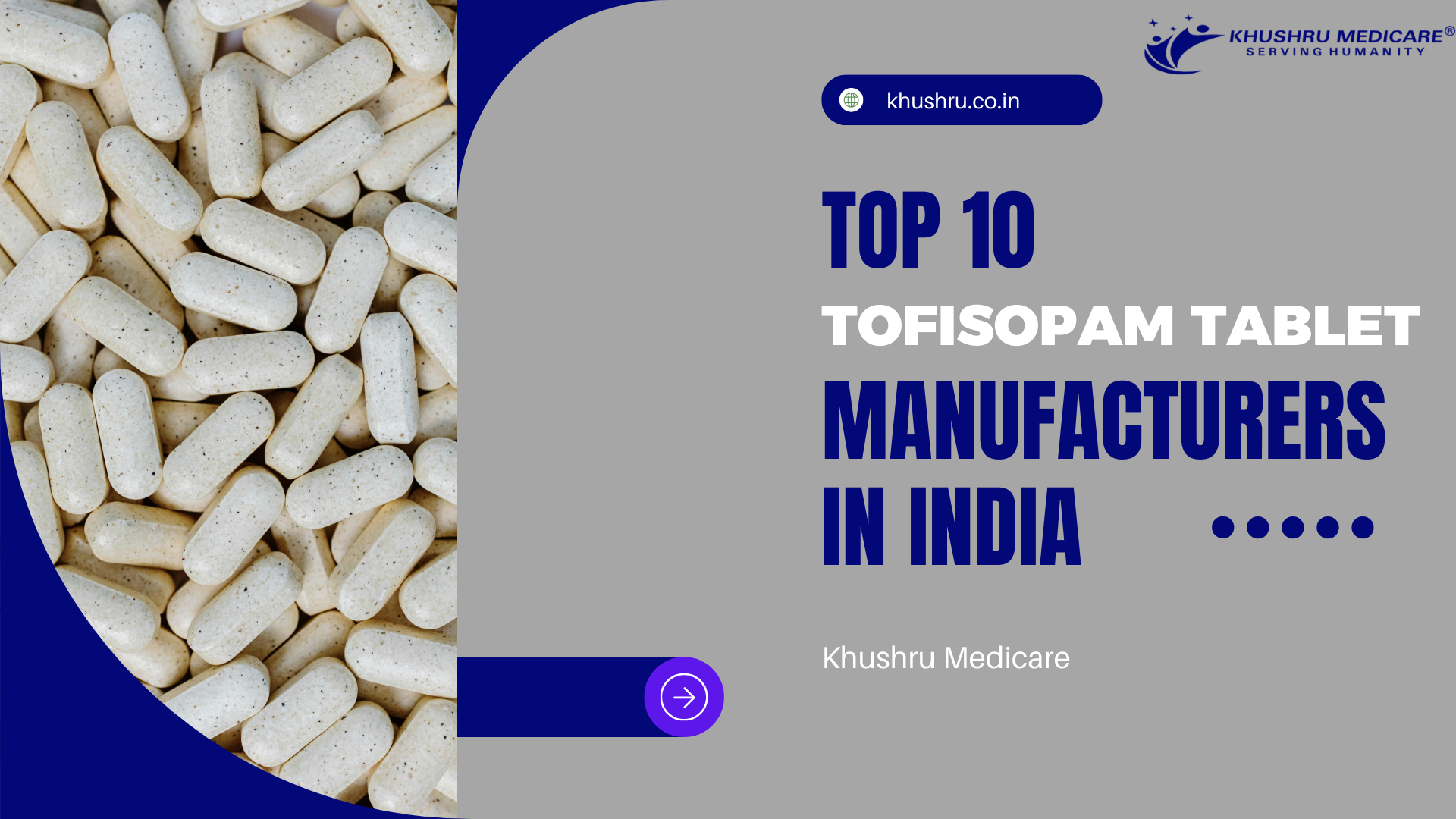
In recent months, the healthcare industry has witnessed a significant shift with a major price reduction in essential medicines. This development is more than just a headline; it’s a lifeline for many patients struggling with high medication costs. In this blog, we’ll explore the reasons behind this price drop, its impact on consumers, and the broader implications for the healthcare sector.
Overview of the Major Price Reduction
The recent major price reduction encompasses a broad range of important medicines, from life-saving treatments to daily prescriptions for chronic conditions. For instance, the cost of insulin, a critical medication for diabetics, has been slashed by up to 50%. This isn’t just a minor adjustment; it’s a substantial decrease that directly affects the affordability of healthcare.
Reasons Behind the Major Price Reduction
Several factors contribute to this significant price reduction. Government policies aimed at regulating drug prices have played a crucial role. Additionally, pharmaceutical companies are restructuring their pricing strategies to remain competitive in an evolving market. This competitive shift is driven by an increased focus on making healthcare accessible to all.
Impact on Patients and Consumers Due to Major Price Reduction
Financial Relief for Patients
Lower medication costs provide substantial financial relief, particularly for those who rely on long-term treatments. Consider Sarah, a single mother managing her hypertension with daily medication. Previously, her monthly medication bill was a strain on her budget. With the new pricing, Sarah saves over $100 each month, allowing her to allocate more resources to other essential needs. This reduction in medication expenses can significantly improve the quality of life for countless individuals.
Access to Affordable Treatment Options
The increase in affordable treatment options means more people can access the medications they need. For example, medications for managing chronic conditions like asthma and heart disease are now within reach for many who previously could not afford them. This democratization of access is a game-changer, especially in low-income communities where the burden of healthcare costs is often overwhelming.
Benefits for Healthcare Providers
Enhanced Patient Compliance
Reduced medication costs can lead to better patient adherence to treatment plans. When patients are not burdened by high costs, they are more likely to consistently take their medications. This adherence is crucial for managing chronic conditions effectively and preventing complications. Doctors and healthcare providers can now be more confident that their patients will follow through with prescribed treatments, leading to better overall health outcomes.
Improved Health Outcomes
With lower costs, patients are less likely to skip doses or delay refilling their prescriptions. This consistency in medication intake leads to improved health outcomes. For instance, patients with diabetes who can afford regular insulin doses are less likely to experience severe complications, thereby reducing emergency room visits and hospitalizations.
Analysis of Key Medicines Affected
Details of Important Medicines with Major Price Reduction
A wide array of essential medicines have seen price reductions. Notably, medications like atorvastatin (used for cholesterol management) and metformin (used for diabetes) are now more affordable. The price of atorvastatin has dropped by 40%, making it more accessible to those in need of cholesterol management.
Therapeutic Benefits of Highlighted Medicines
These medicines play a critical role in managing and treating various health conditions. Atorvastatin helps in preventing heart attacks and strokes by controlling high cholesterol levels. Metformin, on the other hand, is a cornerstone in diabetes management, helping to control blood sugar levels and prevent long-term complications.
Industry Response and Future Implications
Pharmaceutical Industry Reaction
The pharmaceutical industry’s response to these price reductions has been mixed. While some companies embrace the change as a positive step towards corporate responsibility and patient care, others express concerns about profit margins and research funding. However, the overall trend is towards more competitive and patient-friendly pricing strategies.
Predicted Long-Term Effects
The long-term effects of these price reductions are promising. We can expect a more equitable healthcare system where essential medications are accessible to all, regardless of socioeconomic status. This shift may also drive further innovations in cost-effective drug production and distribution, ultimately benefiting the entire healthcare ecosystem.
The major price reduction on important medicines is a significant development with far-reaching implications. It offers financial relief, enhances access to essential treatments, and promises better health outcomes for millions. Stay informed about these changes and take advantage of the new, lower prices on your medications. Together, we can look forward to a healthier and more accessible future in healthcare.




